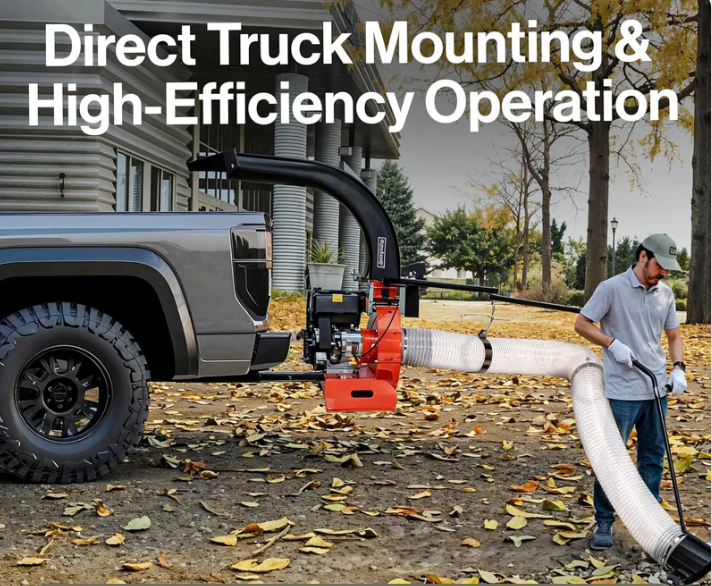
You want the best tool for your yard, but picking a gas leaf vacuum can feel confusing. Take a breath. You just need to match your choice to your space, the mess you tackle, and what feels right for you. Let’s make this easy together!
Assess Your Yard Needs

Before you pick a gas leaf vacuum, take a close look at your yard. Think about how big it is, what kind of mess you usually find, and how often you clean up. These details help you choose a vacuum that fits your space and makes yard cleanup easier.
Yard Size
Start by figuring out how much ground you need to cover. Yards in the United States come in all shapes and sizes. Some are huge, while others are small and cozy. Here’s a quick look at average yard sizes in different states:
State |
Average Yard Size (square feet) |
Average Yard Size (acres) |
|---|---|---|
Alaska |
200,380 |
4.6 |
Maine |
71,463 |
1.64 |
Vermont |
69,281 |
1.59 |
New Hampshire |
47,363 |
1.09 |
Alabama |
29,245 |
0.67 |
Maryland |
7,599 |
0.17 |
California |
7,811 |
0.18 |
New Jersey |
8,953 |
0.21 |
Hawaii |
9,907 |
0.23 |
New York |
9,933 |
0.23 |
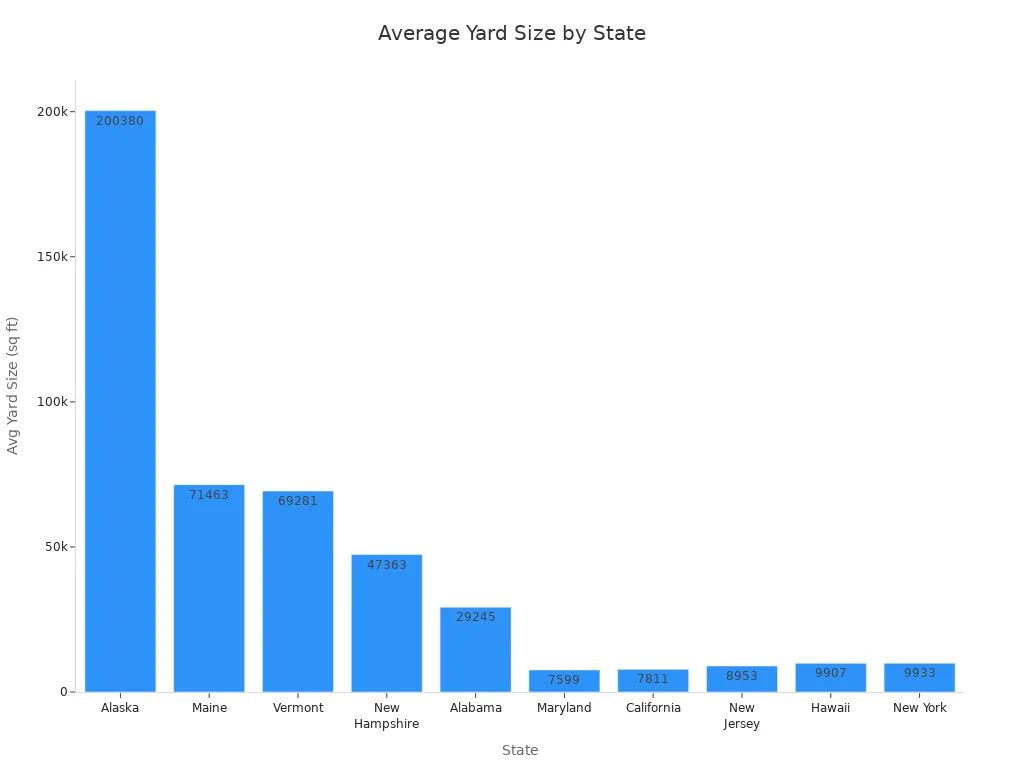
If you have a large yard, you need a vacuum with more power and a bigger bag. This helps you finish the job faster and saves you from emptying the bag too often. Smaller yards can use lighter vacuums with less power. You get the job done without carrying extra weight.
Tip: Match the vacuum’s horsepower and airflow to your yard size. Bigger yards need more muscle!
Gas Leaf Vacuum Types & Features
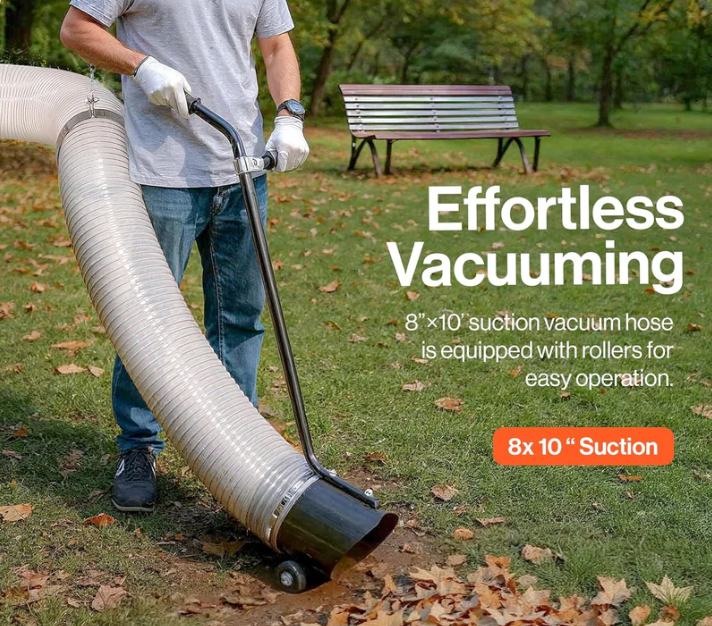
Choosing the right gas leaf vacuum means looking at the different types and features. You want a tool that matches your yard, your comfort, and your cleanup style. Let’s break down what you need to know.
Gas Leaf Vacuum Types
You’ll find two main types: handheld blower and backpack blower. Each one has its own strengths. Here’s a quick comparison to help you decide:
Feature |
Backpack Leaf Blower |
Handheld Leaf Blower |
|---|---|---|
Weight |
Heavier, can be tiring over time |
Lighter, easy to carry for long periods |
Power |
More powerful, airspeed up to 200 MPH |
Less powerful, airspeed around 100-150 MPH |
Usability |
Best for large areas and demanding tasks |
Ideal for small areas and quick cleanups |
A backpack blower gives you more power and high air volume. This makes it perfect for big yards or heavy-duty jobs. You can cover a lot of ground fast. The harness and padded straps help with comfort, but the extra weight can get tiring if you use it for a long time.
A handheld blower feels lighter and easier to control. You can zip around flower beds or tight corners without much effort. This type works best for small yards or quick jobs. If you want something simple and easy to store, a handheld blower is a great pick.
Tip: Gas-powered leaf vacuums are the top choice for large yards. They offer efficiency, full range of motion, and long runtime. You can handle big cleanup jobs without stopping.
Key Features
When you shop for a gas leaf vacuum, look at these important features:
-
Engine Power (cc): More engine power means more muscle. Top-rated models range from 51 cc to 224 cc. Here’s a look at common engine sizes:
Engine Power (cc)
163
79.9
224
59.7
65.6
51
208
CFM and MPH: CFM (cubic feet per minute) tells you how much air the blower moves. MPH (miles per hour) shows how fast the air blows. High CFM and MPH help you move heavy debris like wet leaves or acorns.
Bag Size: A bigger bag means fewer stops to empty it. If you have a large yard, pick a model with a large collection bag.
Vacuum and Mulching Capabilities: Some vacuums can suck up leaves and mulch them. This chops leaves into tiny pieces, so you can fit more in the bag. But most models only mulch leaves, not sticks or twigs. If you try to mulch sticks, you might jam the machine. Many leaf blower vacuums collect only a small amount of leaves at a time, so you may need to empty the bag often.
-
Noise Level: Gas leaf blowers can get loud. Most run between 65 and 85 decibels, but some can go over 100 dB. That’s much louder than electric models, which usually stay between 60 and 75 dB.
Type
Noise Level (dB)
Gas-powered
65-85 dB (can exceed 100 dB)
Corded electric
60-75 dB
Cordless electric
60-75 dB
Durability: If you plan to use your vacuum a lot, look for a sturdy build and a strong engine. Durable models last longer and handle tough jobs better.
Note: Match the features to your yard. If you have lots of heavy debris, pick a model with more power and a bigger bag. If you care about noise, look for a quieter gas leaf blower.
Comfort & Usability
You want a gas leaf vacuum that feels good to use. Comfort features make a big difference, especially if you spend a lot of time on yard work.
Product |
Comfort Features |
|---|---|
TB51BP Backpack Leaf Blower |
Padded shoulder straps, harness, chest strap for weight distribution |
PBB3000 - 79.9cc 1125 CFM Gas Backpack Leaf Blower |
Ergonomic padded harness, extra-wide shoulder straps, cooling back design, anti-vibration dampeners |
Wild Badger 53cc Leaf Blower |
Anti-vibration system, ergonomic harness, adjustable padded shoulder straps, cushioned back pad |
A backpack blower with padded straps and a harness spreads the weight across your shoulders and back. This helps you work longer without getting sore. Some models even have cooling back designs and anti-vibration dampeners for extra comfort.
A handheld blower with an ergonomic handle and lightweight design helps reduce fatigue. Adjustable tubes and padded handles also make it easier to control. Lightweight models are best if you want to avoid tired arms during long cleanup sessions.
Pro Tip: If you plan to use your vacuum for a long time, pick a model with comfort features like padded straps or anti-vibration systems. Your back and shoulders will thank you!
Maintenance
Gas leaf vacuums need regular care to keep running strong. Here’s a simple checklist:
Make sure the vacuum tube or bottom inlet cover is locked in place.
Check that all straps, handles, nuts, and bolts are tight.
Brush off debris from air vents, cooling fins, and flywheel blades.
Clean or replace the air filter.
Remove the spark plug, clean it, and put it back if it still works.
Change the oil if your vacuum uses it.
Gas leaf vacuums need more upkeep than electric models. You’ll need to change oil, manage fuel, and replace spark plugs more often. Electric vacuums have fewer parts and need less professional servicing.
Reminder: The more you use your gas leaf blower, the more often you should check and maintain it. Regular care keeps your vacuum working at its best and helps it last longer.
Matching Features to Your Needs
Picking the right gas leaf vacuum means thinking about your yard, the debris you face, and your own preferences. Here’s a quick guide:
Factor |
Description |
|---|---|
Power and Performance |
High CFM and MPH help with heavy debris and big yards. |
Noise Levels |
Quieter models are better for neighborhoods. |
Weight and Ergonomics |
Lighter models and comfort features help with long jobs. |
Additional Features |
Vacuum-capable models and variable speed controls add flexibility. |
Property Size |
Big yards need more power. Small yards can use lighter models. |
Types of Debris |
Heavy debris needs more power. |
Frequency of Use |
Use often? Pick a durable model. Only sometimes? A basic model works. |
Your personal preferences matter, too. If you don’t like loud noise, look for a quieter gas leaf vacuum. If you want something easy to use, pick a lightweight handheld blower with padded handles.
Remember: The best gas leaf vacuum is the one that fits your yard, your debris, and your comfort. Take your time, compare features, and choose what feels right for you.


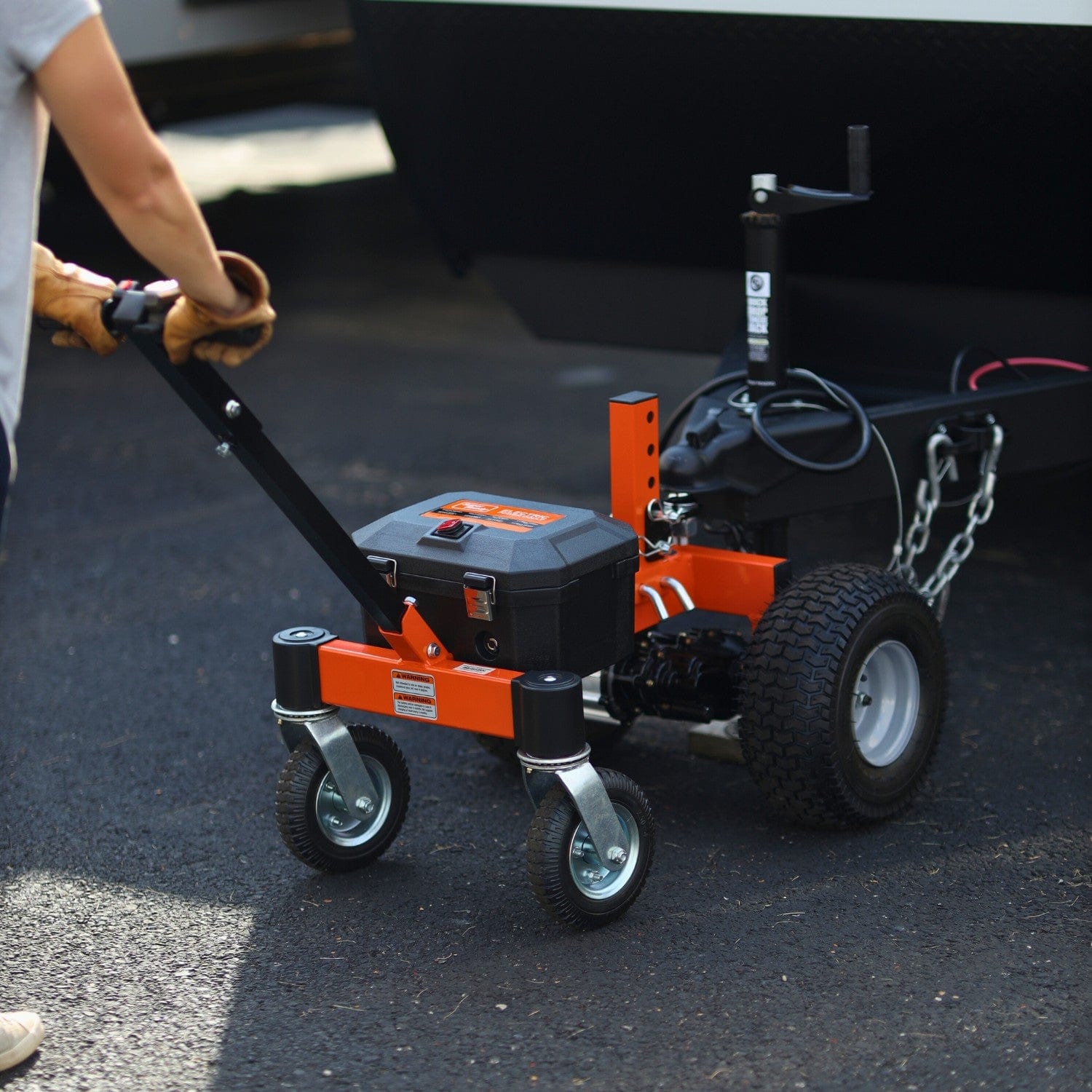
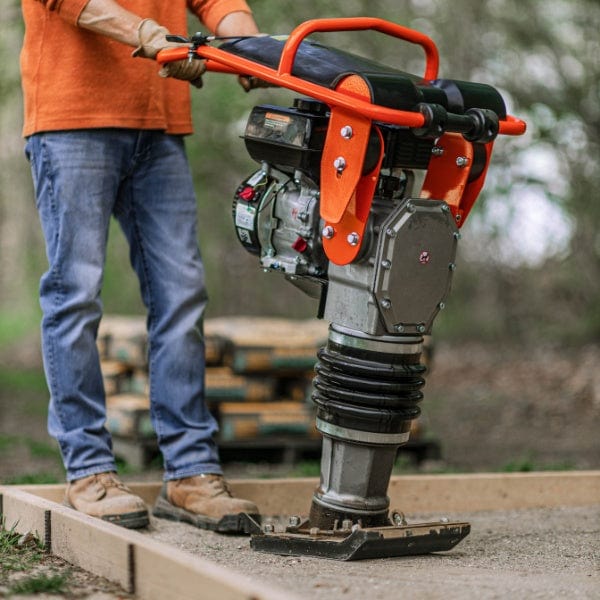
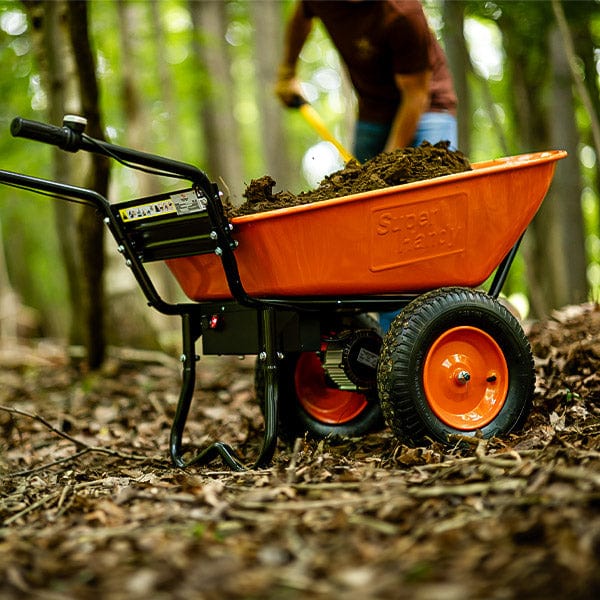


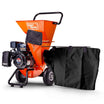
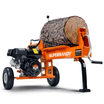

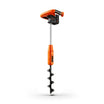
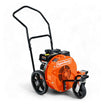



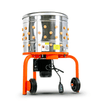
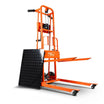

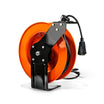

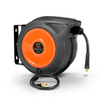


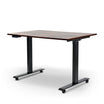


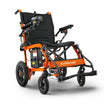


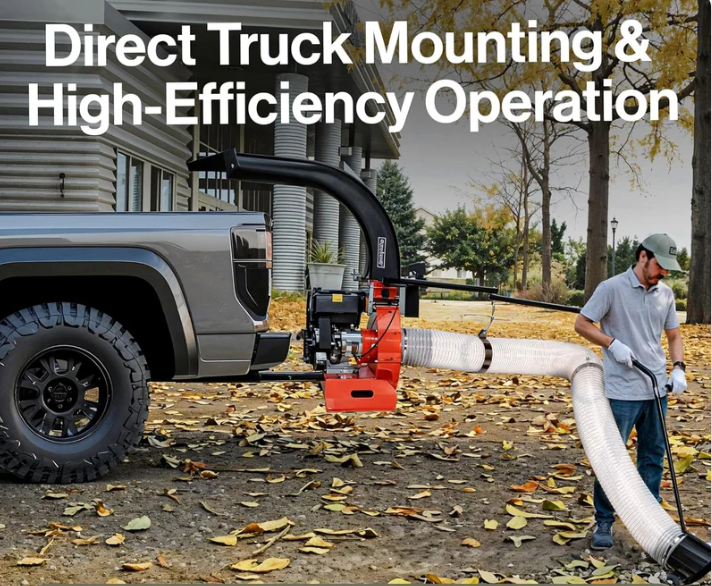
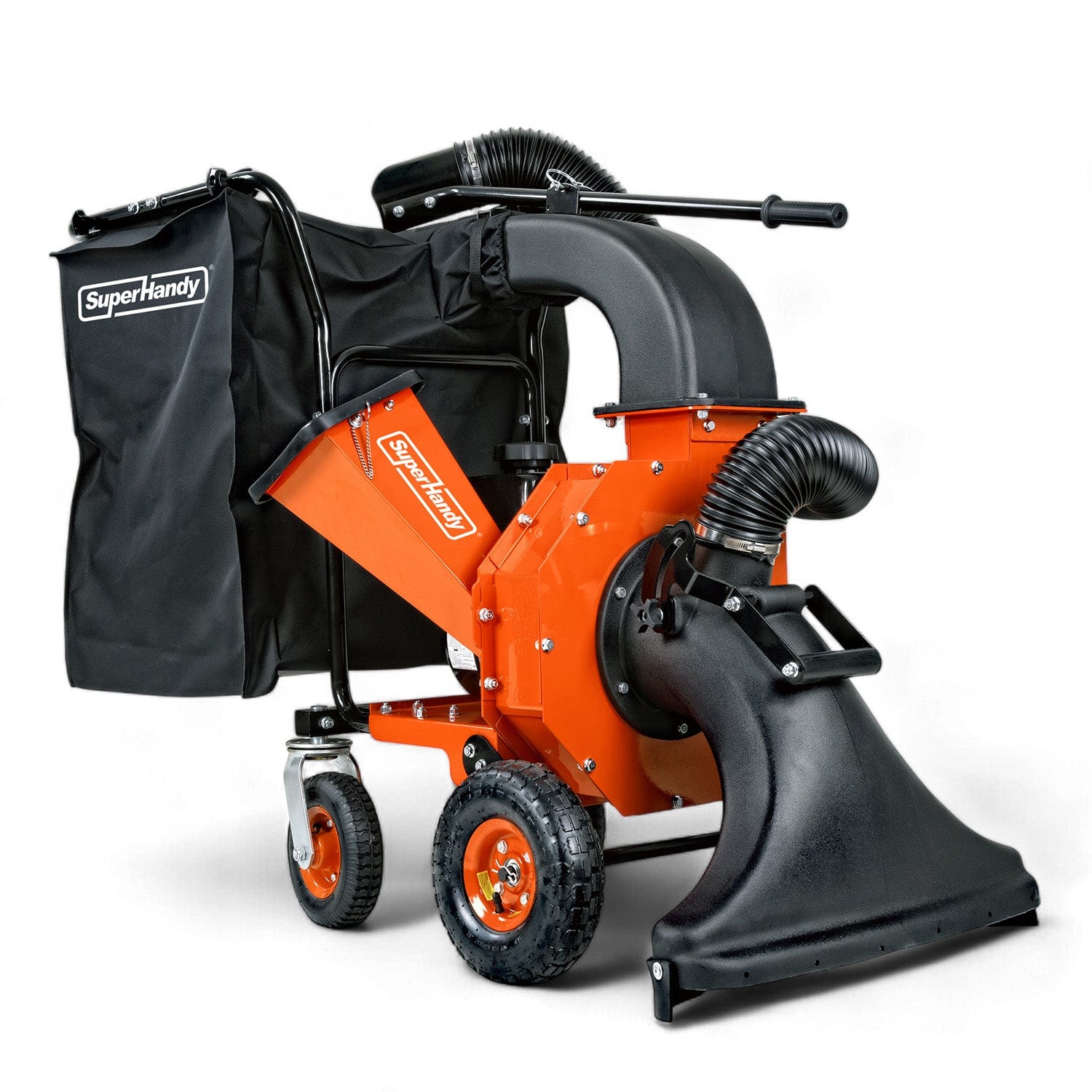


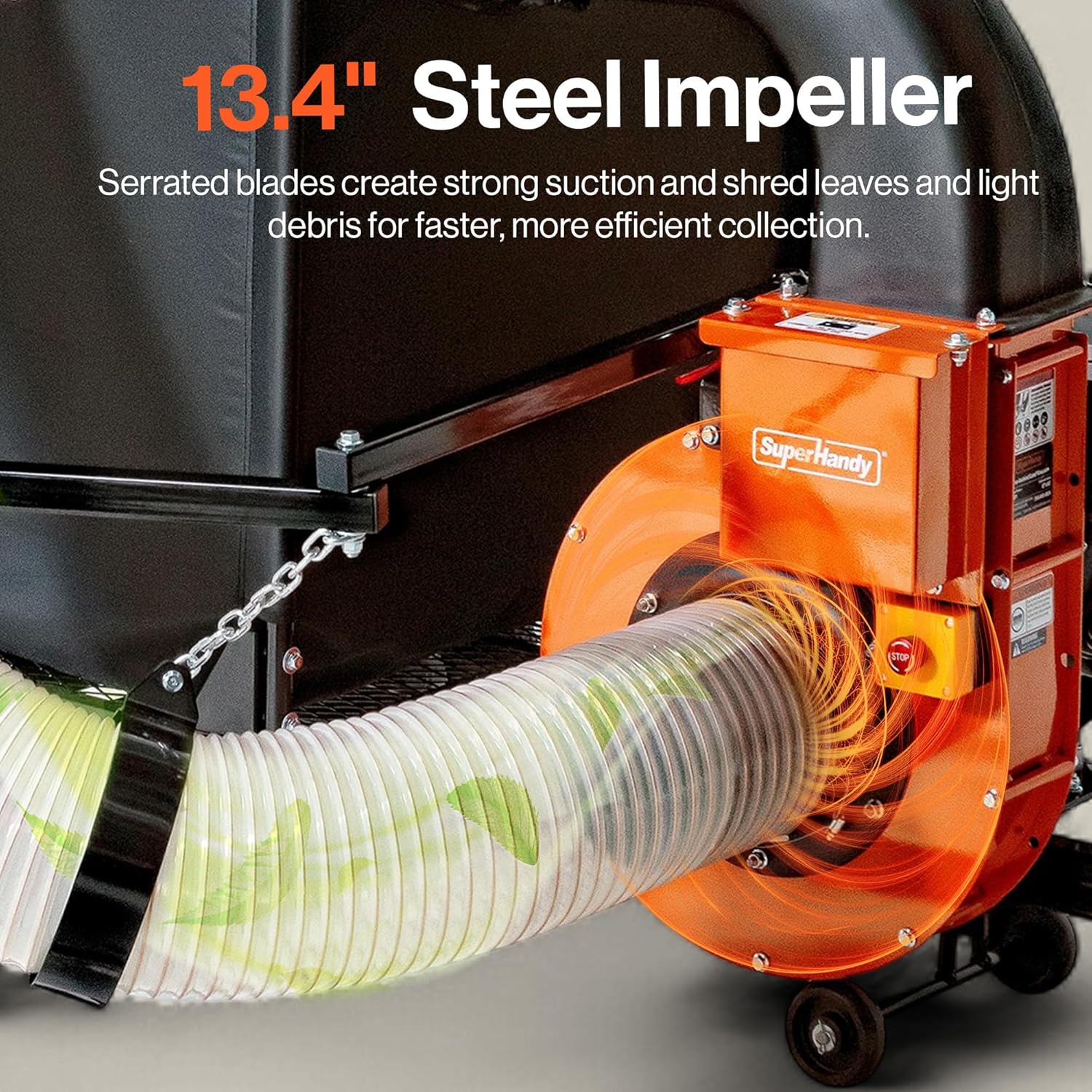



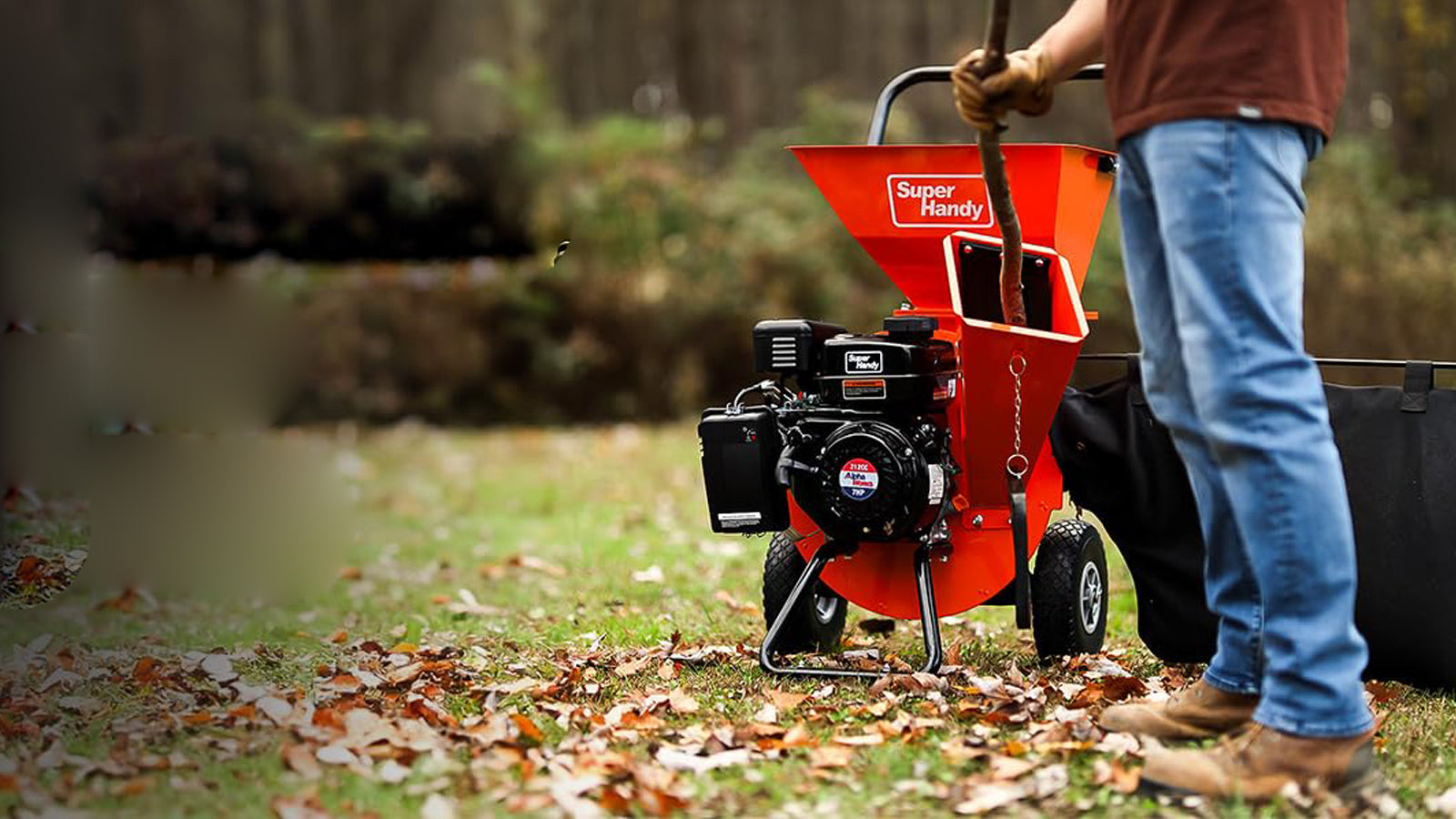
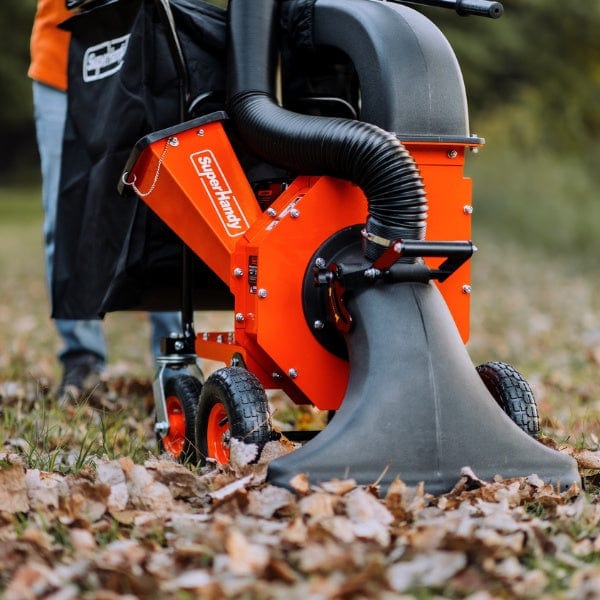
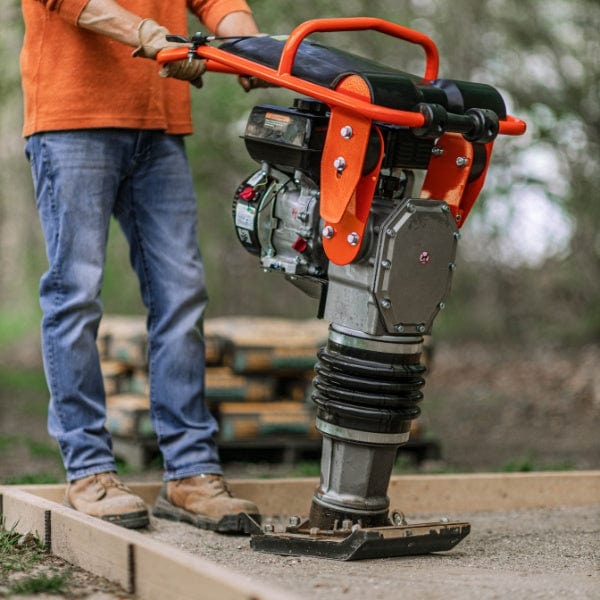

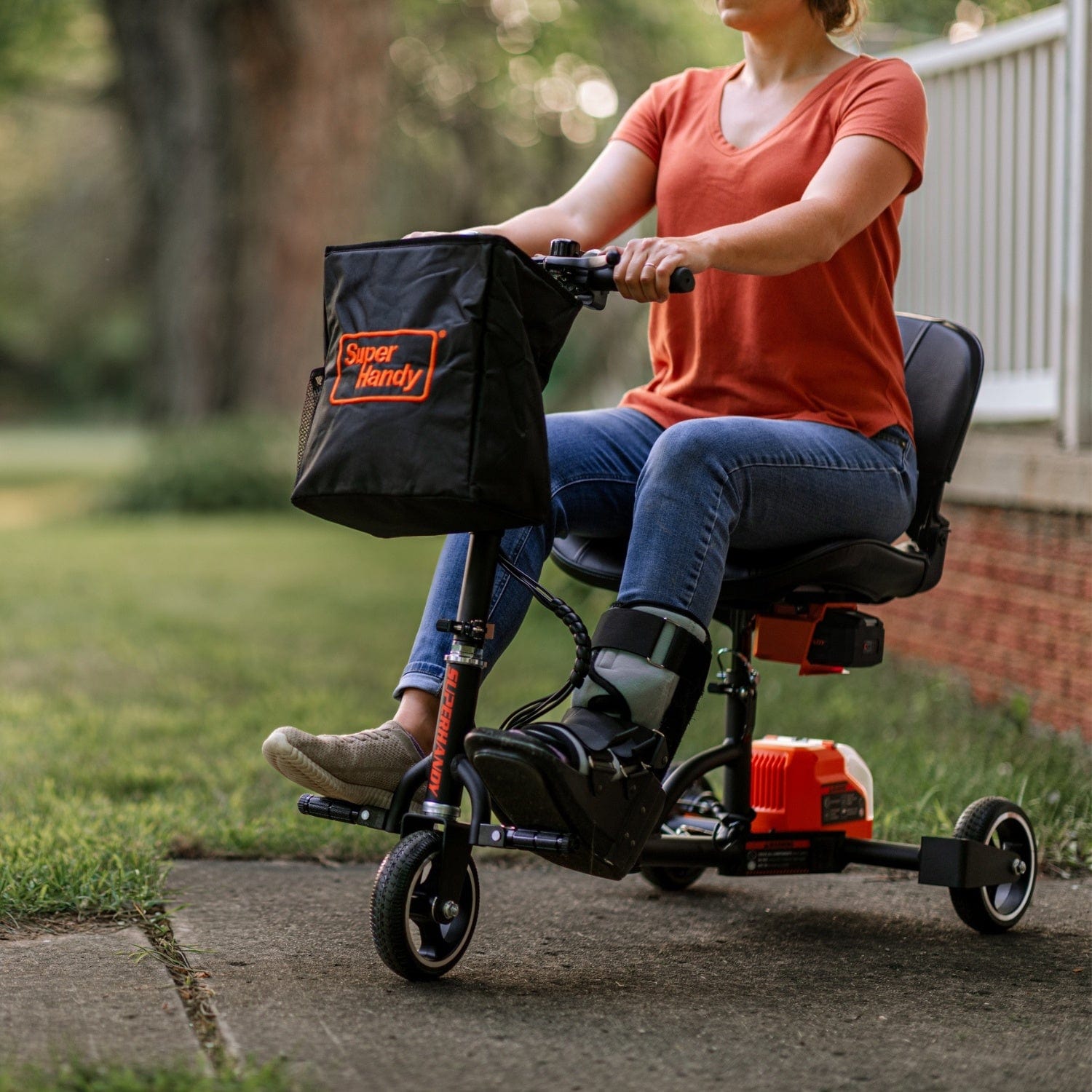
Leave a comment
All comments are moderated before being published.
This site is protected by hCaptcha and the hCaptcha Privacy Policy and Terms of Service apply.